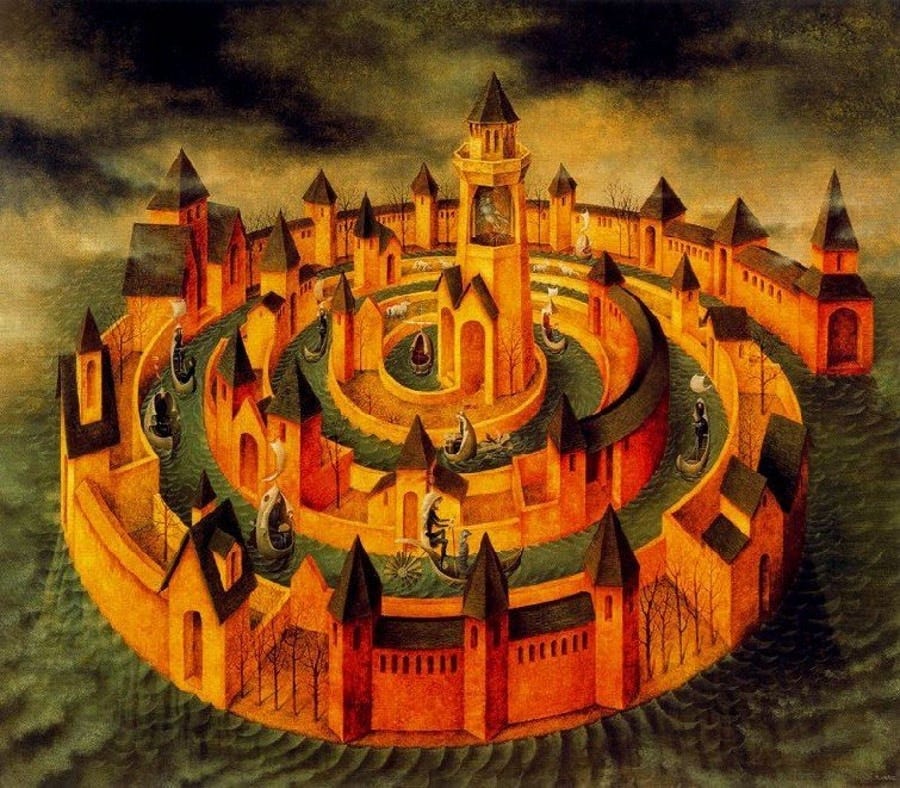Decluttering Our Desires
Marie Kondo wants to help people to declutter their houses—but the heart is a 7-story castle that needs deep cleaning first.
Marie Kondo is a lifestyle guru who exhorts people to declutter their homes by throwing anything away that doesn’t ‘spark joy.’ I’ve never utilized this tactic, and I apologize to any Kondo fans who would like to see a more robust treatment of her method. I do know people she has helped tremendously, but I haven’t experienced the fruits of Kondo’ing my home yet. What I do have a lot of experience doing, though, is decluttering the rooms of my heart.
Five years of living a quasi-monastic life in my thirties provided plenty of time for that kind of exploration and work, and it’s one that I’m still hard at.
Not to mention the house I’m currently staying is in chaos. After my mom passed away unexpectedly last month, I moved my dad into a senior care facility where he can get more extensive help for his battle with Alzheimer’s disease. I visit daily.
And now the house, my childhood home, is empty. The task of cleaning out and dealing with a massively u…




